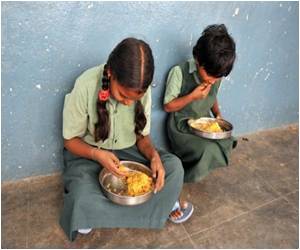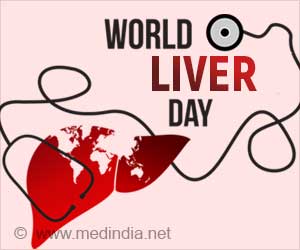The United Nations defines slums as a group of individuals living under the same roof in an urban area who lack one or more of the following: durable housing of a permanent nature; living space where not more than three people share the same room; easy access to adequate and safe water; access to adequate sanitation such as private or public toilet; and insecure residential status.
If this definition is applied to India’s most populous city – Mumbai, at least half of the Mumbai population of estimated 12.5 million people lives in slums. Although newborn survival rates in slums have increased in recent years, the nutritional status and the impact of malnutrition on these slum children is of great concern.Malnutrition among children in Mumbai slums is a complex problem of poverty, which cannot be addressed by focusing on food security alone; trans-generational, environmental, and dietary factors probably all play a part. The National Family Health Survey (NFHS-3: 2005–6) estimated that 47 percent of children from Mumbai slum areas were stunted, 16 percent wasted, and 36 percent had low weight for age.
Studies on timing of growth faltering suggested that early growth faltering was more pronounced and that the window of opportunity within which the interventions may be effective included pregnancy and the first 24 months.
So, Sushmita Das and her colleagues, from the Society for Nutrition, Education and Health Action (SNEHA) that works to improve the health of women and children in slums of Mumbai, India, and Glyn Alcock and David Osrin from the Institute for Global Health, UCL Institute of Child Health, UK, took up an anthropometric study to determine the proportions of underweight, stunting, and wasting in young children, and to examine their relationships with age.
The investigators used two linked datasets: one based on birth weight records for 17318 infants and one based on follow-up of 1941 children less than five years of age (functionally children up to the age of three years).
The findings, published in the Nutrition Journal, were as follows –
21 percent of infants had been born with low weight for age [z] scores associated with poverty, younger maternal age, less education, lower parity, multiple pregnancy, and preterm delivery. [Z score is an anthropometric value to assess the child’s growth and general nutritional status by using standardized age- and sex-specific growth reference to calculate height-for-age Z-scores (HAZ), weight-for-age Z-scores (WAZ) etc.].
At follow-up, 35 percent of young children had low weight for age, 17 percent low weight for height, and 47 percent low height for age.
Downward change in weight for age was greater in children who had been born with higher z scores.
From the above findings, the investigators concluded that – 'Much of growth faltering was explained by faltering in height for age, rather than by wasting. Stunting appeared to be established early and the subsequent decline in height for age was limited'.
They recommended further research to be done on potential intervention in the first 1000 days with special focus on nutrition and education for young girls.
Reference: Das S, Bapat U, Shah More N, Alcock G, Fernandez A, Osrin D. Nutritional status of young children in Mumbai slums: a follow-up anthropometric study. Nutr J.
Source-Medindia












